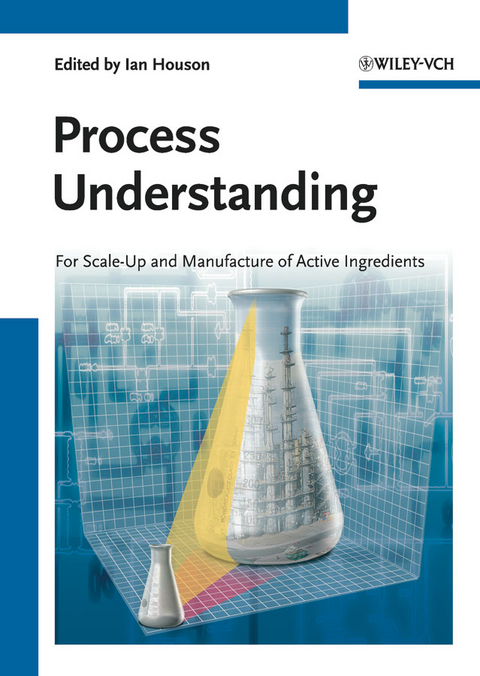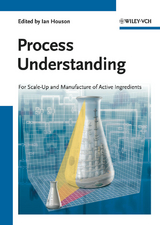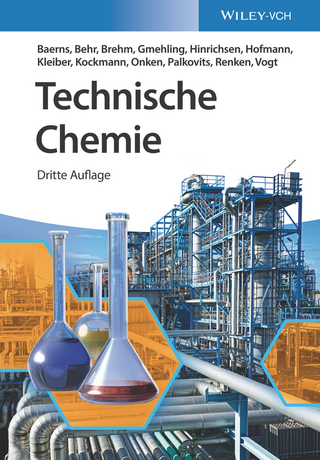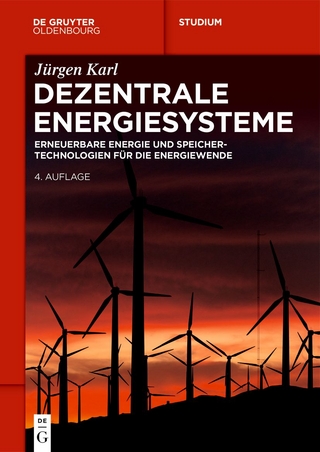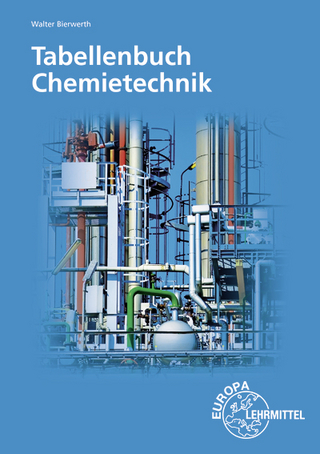Process Understanding
Wiley-VCH (Verlag)
978-3-527-32584-9 (ISBN)
Process Understanding is the underpinning knowledge that allows the manufacture of chemical entities to be carried out routinely, robustly and to the required standard of quality. This area has gained in importance over the last few years, particularly due to the recent impetus from the USA`s Food and Drug Administration. This book covers the multidisciplinary aspects required for successful process design, safety, modeling, scale-up, PAT, pilot plant implementation, plant design as well the rapidly expanding area of outsourcing.In discussing what process understanding means to different disciplines and sectors throughout a product`s life cycle, this handbook and ready reference reveals the factors important to the development and manufacture of chemicals. The book focuses on the fundamental scientific understanding necessary. for a smoother technical transfer between the disciplines, leading to more effective and effi cient process development and manufacturing. A range of case studies are used to exemplify and illustrate the main issues raised.As a result, readers will appreciate that process understanding can deliver a real competitive advantage within the pharmaceuticals and fine chemicals industry. This book serves as an aid to meeting the stringent regulations required by the relevant authorities through demonstrable understanding of the underlying science.
Ian Houson gained a 1st class BSc. Hons in Chemistry and Oceanography from the University of Southampton, he completed his doctorate at the University of Oxford with Prof. John Brown FRS in organic chemistry. Ian then joined Zeneca, which became Avecia and finally NPIL Pharma where he was Chemical Process R&D Manager for the site. His main roles were invention of new routes, scale-up and manufacturing support for the contract manufacturing of agrochemicals and pharmaceuticals at the kg`s to 10`s tonnes scale. Moving to Britest Ltd. in 2007 as a senior innovation specialist, Ian was involved in developing new tools and methodologies for innovative process development and manufacturing, facilitating manufacturing process improvement studies and collaborative research in a number of European projects. In March 2011 Ian joined Giltech Ltd, Ayr, Scotland as a Senior Scientist involved in development of novel biodegradable and slow release technologies across a wide range of chemicals and medical device applications. His responsibilities include product development, supporting joint development projects and intellectual property aspects.
Preface
QUALIT Y BY DESIGN
History
Defining Product Design Requirements and Critical Quality Attributes
The Role of Quality Risk Management in QbD
Design Space and Control Strategy
Quality Systems
ROUTE AND PROCESS SELECTION
Introduction
Route Evaluation
Factors to Consider
Route Selection
Process Selection
Summary
CRITICAL STAGES OF SAFETY ASSESSMENT IN PROCESS DESIGN AND SCALE-UP
Reaction Safety Concepts
Pre-Laboratory Safety Studies
The Synergies of Safety and Optimization - Together
Establishing a Reliable Basis of Safety for Scale-Up
Flammability Hazards
Summary
UNDERSTANDING THE REACTION
Introduction
Process Complexity
Topics for Data Acquisition
Reaction Profiles
Reaction Pictures
Ionic Equilibria and Reaction Selectivity
Kinetics
Catalyzed Processes
The Rate-Determining Step
Mixing in Chemical Reactors
Mixing Theory
Multiphase Processes
Mass Transfer Theory
Mass Transfer and Mixing Requirements in Multiphase Systems
Concepts of Structure and Scale for Equipment Selection
Conclusion
USE OF MODELS TO ENHANCE PROCESS UNDERSTANDING
Introduction
The Process Characterization Elements of a Chemical Reaction
The Impact of Modeling
Understanding the Chemistry
Physical Rates (The Elements of Mass Transfer)
Summary and Outlook
SCALE-UP OF CHEMICAL REACTIONS
Introduction
Case Study - Batch Hydrogenation
Scale-Up of Stirred Tank Reactors (STRs)
Stirred Tank Scale-Up
Chemistry Effects in Scale-Up
Achieving Process Understanding for Reactor Scale-Up
Reactor Selection
Exploiting Process Understanding in Scale-Up
Conclusions
PROCESS UNDERSTANDING - CRYSTALLIZATION
Introduction
Crystallization Processes
Batch Crystallization Techniques
Process Control of Crystallization
Analytical Techniques for Product Characterization
Conclusions
KEY TECHNOLOGIES AND OPPORTUNITIES FOR INNOVATION AT THE DRUG SUBSTANCE - DRUG PRODUCT INTERFACE
Introduction
Opportunities for Innovation
Crystallization
Selected Manufacturing Technologies at the Drug Substance - Drug Product Interface
Analytical Techniques
Conclusions
PROCESS UNDERSTANDING REQUIREMENTS IN ESTABLISHED MANUFACTURE
Introduction
The Status Quo
Risk and Reward
Terms and Definitions
Process Understanding Requirements
Method Development and Installation
Statistical Process Control
Automation
Conclusion
PLANT DESIGN
Introduction
Developing Process Concept to Plant Concept
Regulations
Infrastructure Design
Portfolio Analysis and Asset Planning
CONTRACT MANUFACTURE
Introduction
Why Contract?
The Contractor
The Client
Technology Transfer
What Makes a Good Technical Package?
Client Process Understanding
Case Studies
Winning and Delivering the Project
Project Timing
Challenges of Multiproduct Plant Scheduling against an Uncertain Background
Conclusion
WHOLE PROCESS DESIGN
Process Understanding for Whole Process Design
Process Outcomes
Organization of the Design Activity
Risk and Uncertainty in WPD
Whole Process Representations
Decision Making in WPD
Summary
"Who should read this book? I would recommend everyone to read it, especially the parts that are not from your own discipline. If you are a development chemist, you should find much important learning in the engineering sections! Why not learn how impurities affect crystal growth or how the Kolmogorov space helps us understand mixing, or why not learn how to make ruby crystals by the Czochralski method and much, much more and it is all in one book! Get your own copy now!." ( Org. Process Res. Dev , 1 August 2013)
| Erscheint lt. Verlag | 13.4.2011 |
|---|---|
| Verlagsort | Weinheim |
| Sprache | englisch |
| Maße | 170 x 240 mm |
| Gewicht | 850 g |
| Themenwelt | Naturwissenschaften ► Chemie ► Technische Chemie |
| Technik | |
| Schlagworte | chemical engineering • Chemie • Chemische Technik • Chemische Verfahrenstechnik • Chemistry • Computational Chemistry & Molecular Modeling • Computational Chemistry & Molecular Modeling • Computational Chemistry u. Molecular Modeling • Industrial Chemistry • Industrielle Chemie • Pharmaceutical & Medicinal Chemistry • Pharmaceutical & Medicinal Chemistry • Pharmazeutische Chemie • Pharmazeutische u. Medizinische Chemie • Qualitätssicherung in der Chemie • Quality assurance • Technische u. Industrielle Chemie |
| ISBN-10 | 3-527-32584-0 / 3527325840 |
| ISBN-13 | 978-3-527-32584-9 / 9783527325849 |
| Zustand | Neuware |
| Haben Sie eine Frage zum Produkt? |
aus dem Bereich
